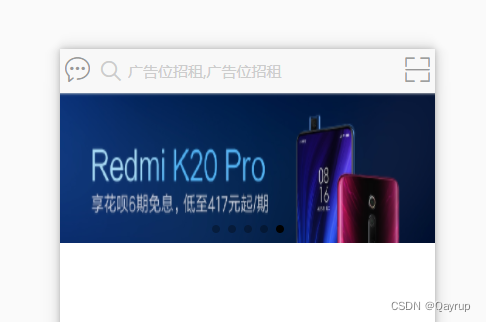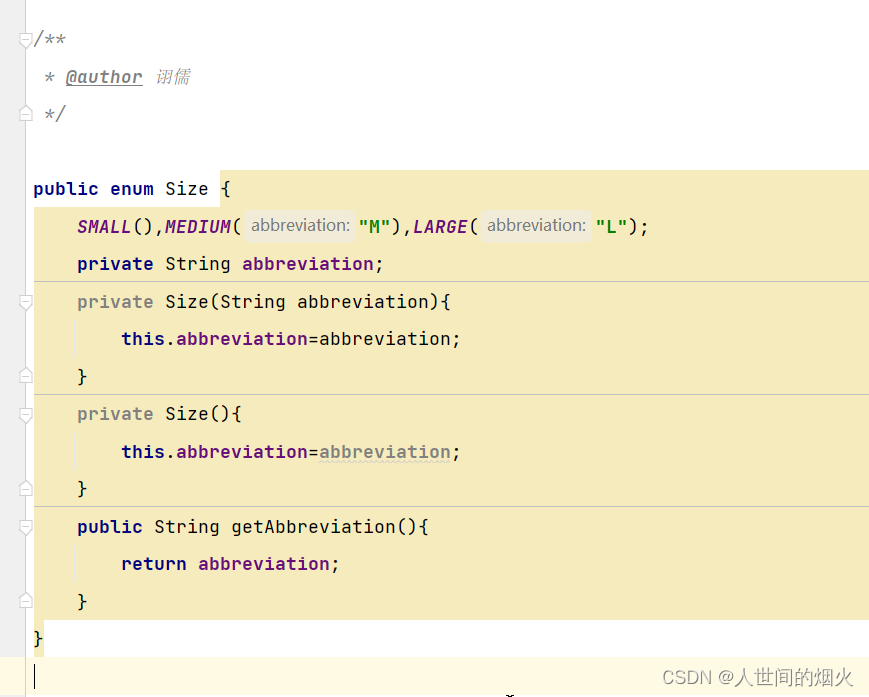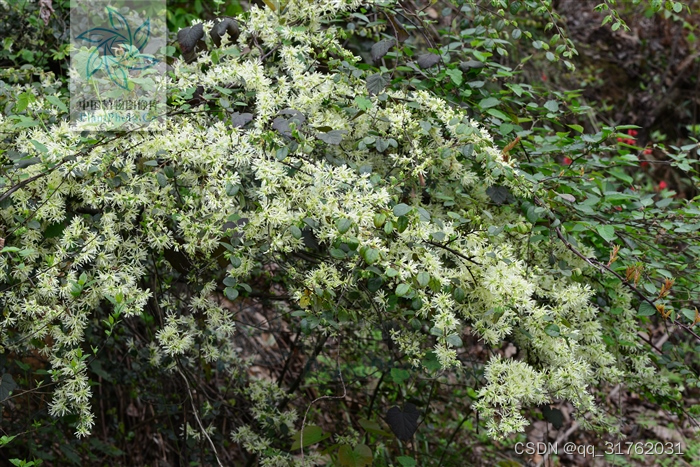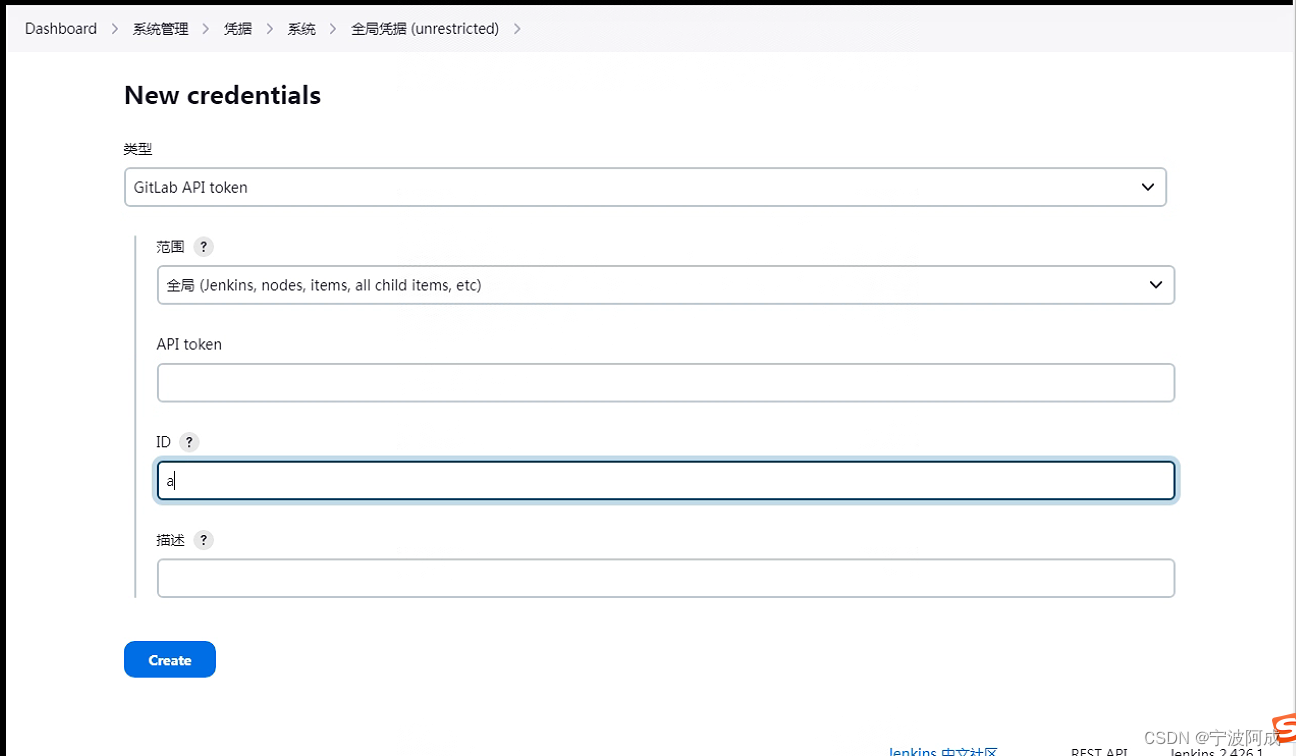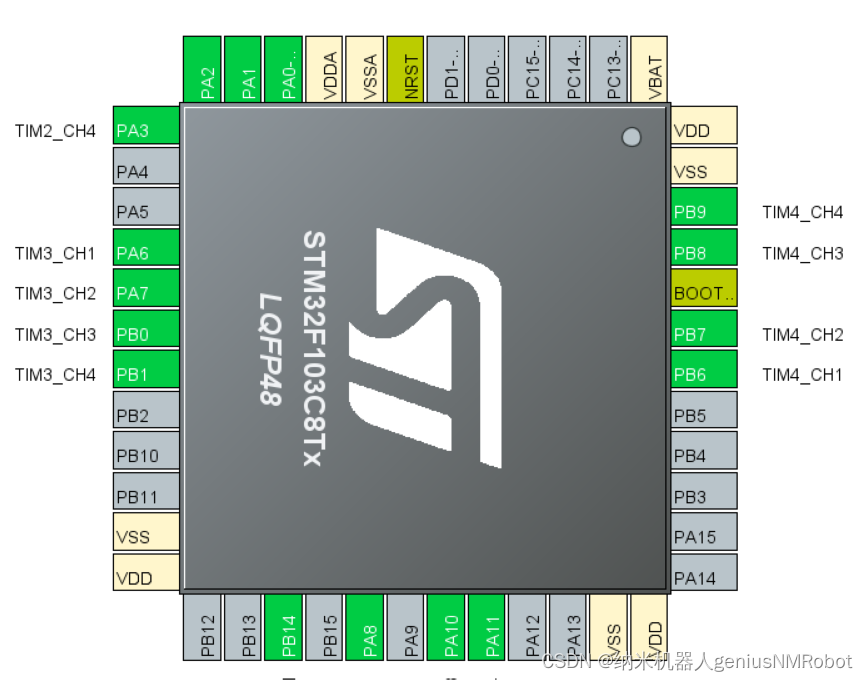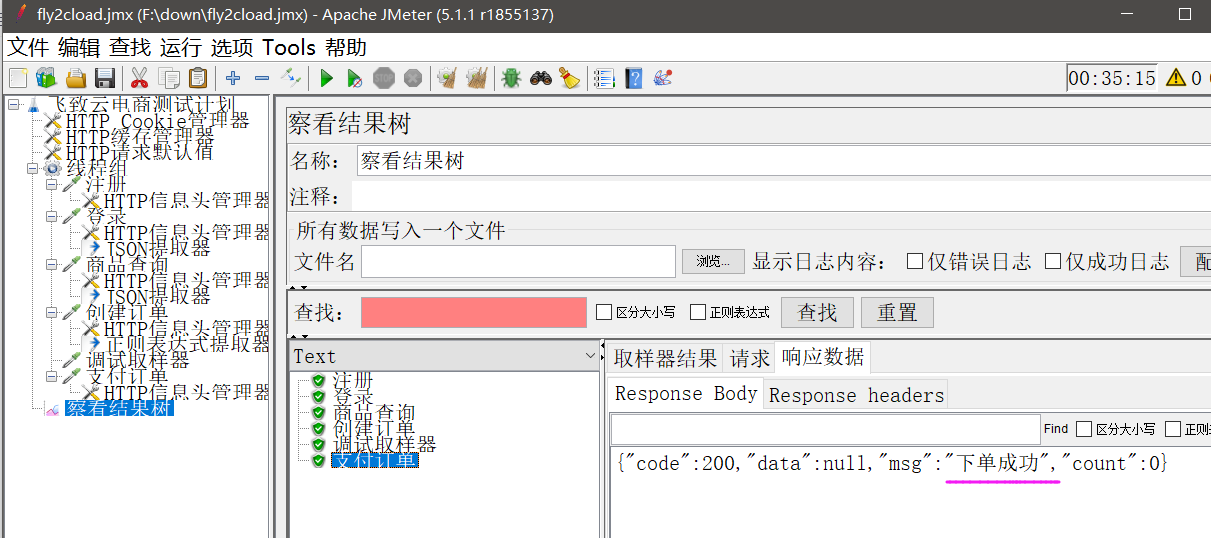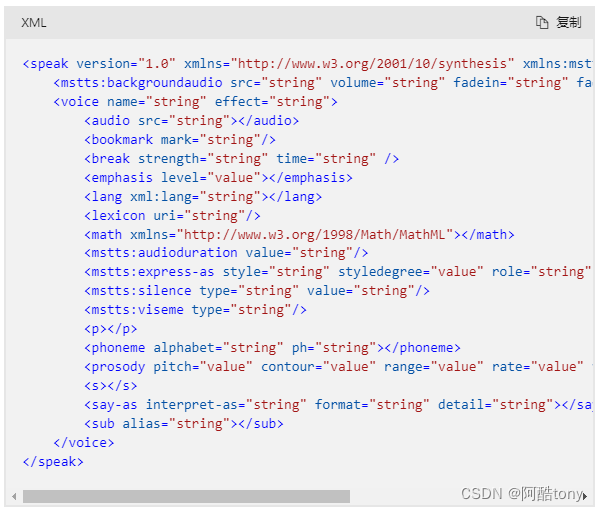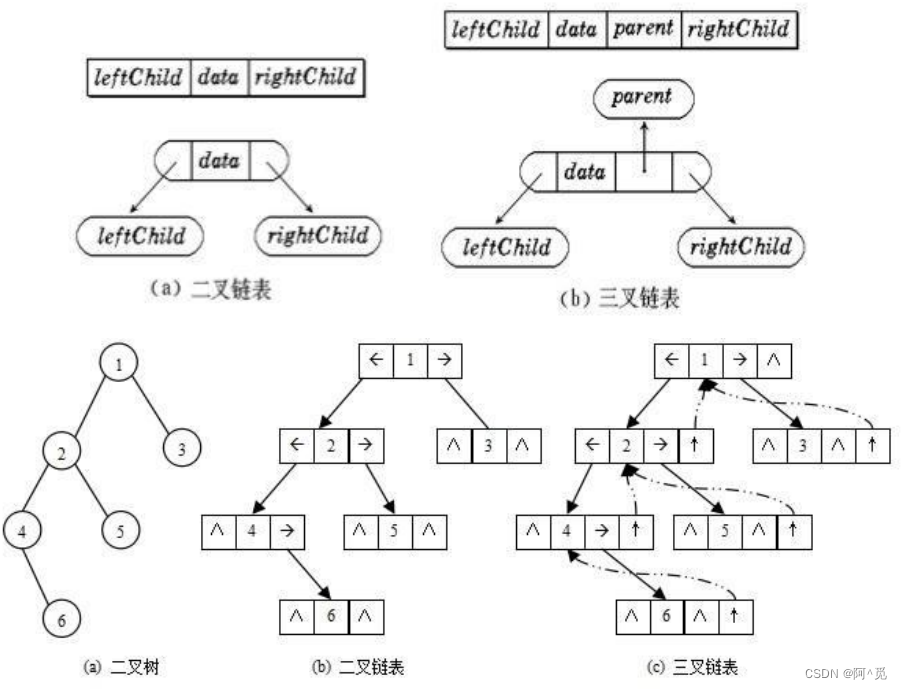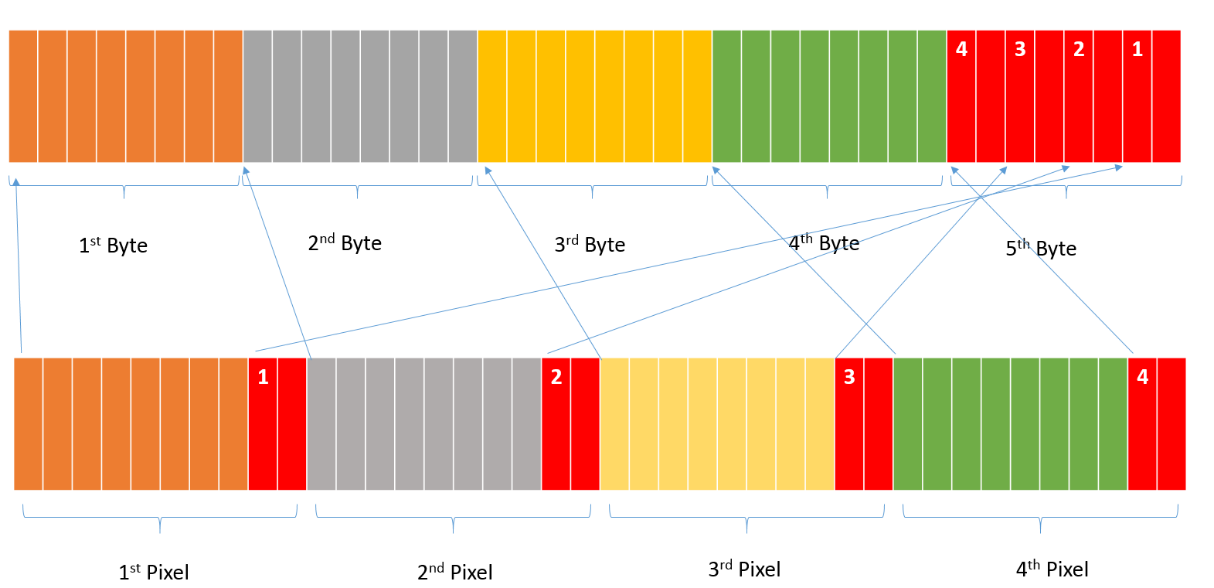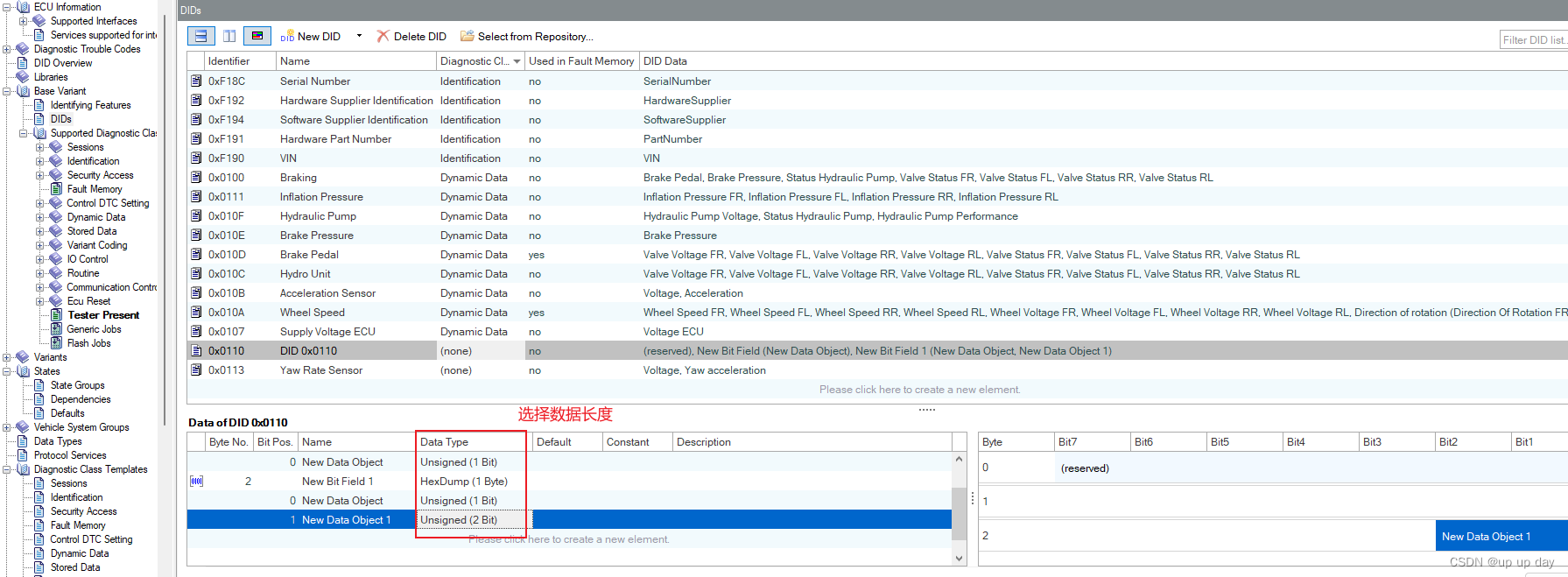导航栏有了,接下来就是轮播图了,轮播图如下,
因为uniapp 官方自己有轮播图,所以这里就不自己写了,直接使用uniapp的轮播图二次开发就好
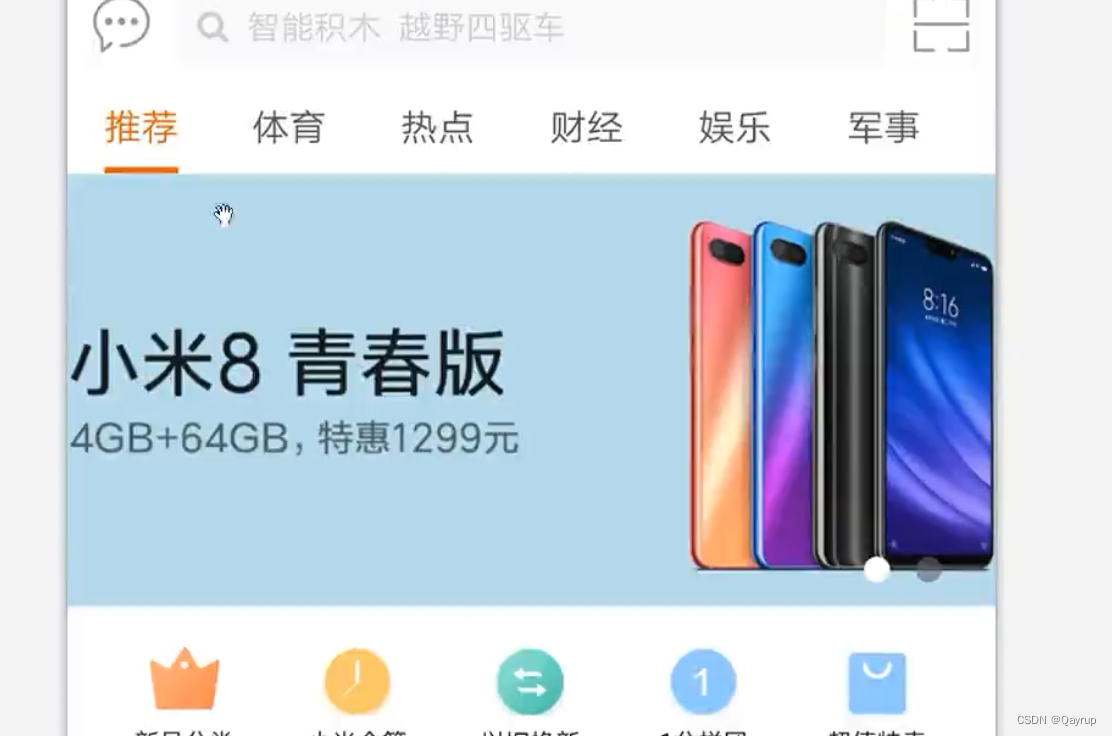
uniapp的轮播图组件叫swiper ,感兴趣的朋友可以点击链接,直接去看官方文档,也可以看我这里实操

用hbuilderX编译uniapp的代码有一个好处,如下,这个快捷输入
编写uniapp的内置组件时,可以输入u+组件名称,能直接输出内置好的模板
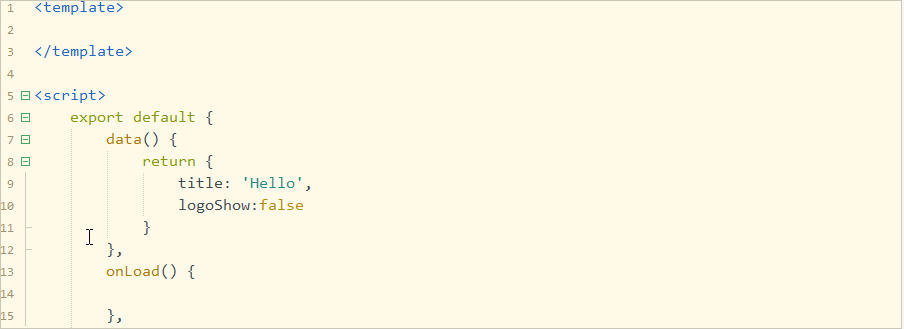
然后直接将images放进去就好
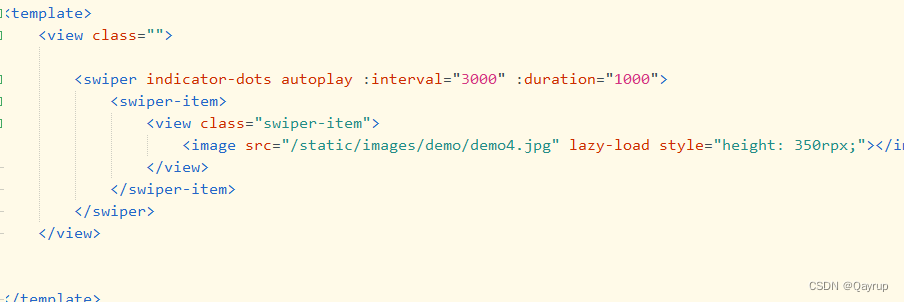
效果如下

能进行展示了,那就开始封装
在根路径下新建components目录,然后右键新建组件,
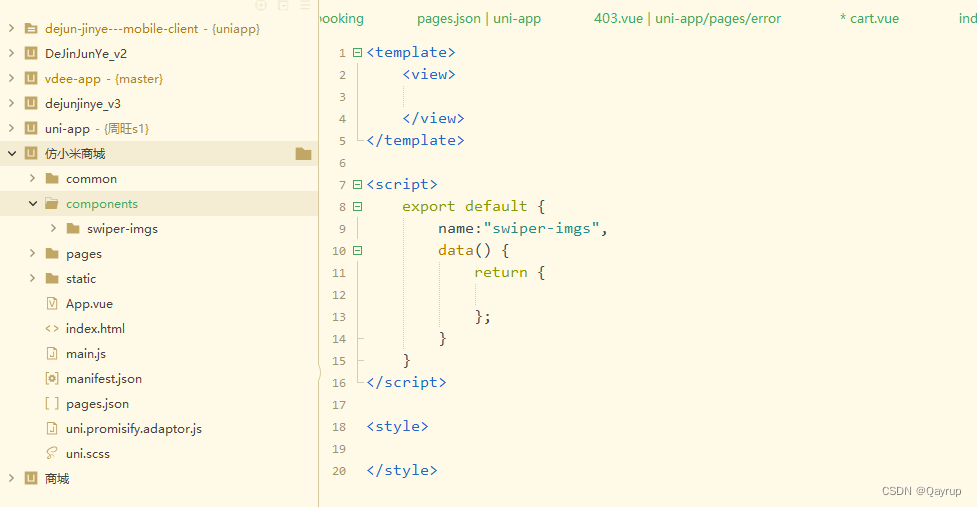
接下来就能在swiper-imgs组件中将刚刚写好的轮播图复制过来了
并进行一些修改,
- 将图片的src属性设置为动态属性,并且声明一个props对象,接收一个swdata数组
- swdata数组用来接收父组件传递过来的值
- 然后使用template包裹swiper-item标签,并循环swdata数组
- 定一个tapEvent事件,作为后续有需求时添加

然后就可以在页面上引用了
import swiperImgs from ‘@/components/swiper-imgs/swiper-imgs.vue’
页面代码
<template>
<view class="">
<!-- <swiper indicator-dots autoplay :interval="3000" :duration="1000" circular>
<swiper-item>
<view class="swiper-item">
<image src="/static/images/demo/demo4.jpg" lazy-load style="height: 350rpx;"></image>
</view>
</swiper-item>
</swiper> -->
<swiper-imgs :swdata="srcData"></swiper-imgs>
</view>
</template>
<script>
import swiperImgs from '@/components/swiper-imgs/swiper-imgs.vue'
export default {
data() {
return {
title: 'Hello',
logoShow:false,
srcData:[
{src:'/static/images/demo/demo4.jpg'},
{src:'/static/images/demo/demo8.jpg'},
{src:'/static/images/demo/search-banner.png'},
{src:'/static/images/demo/demo4.jpg'},
{src:'/static/images/demo/search-banner.png'},
]
}
},
onLoad() {
},
methods: {
showLogo(){
this.logoShow=!this.logoShow
}
},
components:{
swiperImgs
}
}
</script>
<style>
</style>
效果如下
